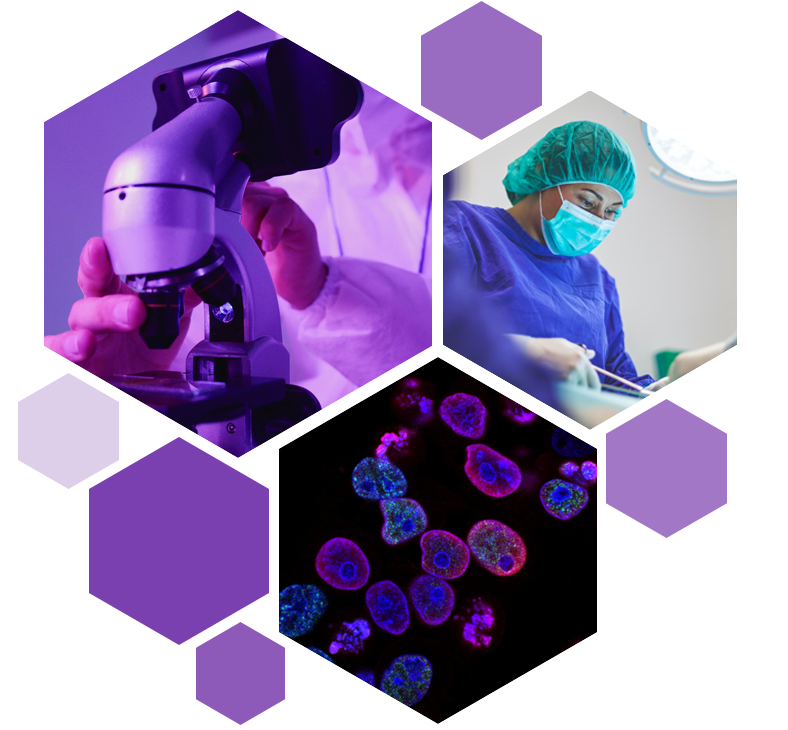
What does my lung cancer stage mean?
Cancers, including non-small cell lung cancer (NSCLC) and small cell lung cancer (SCLC) are divided into stages 1–4 using the TNM (Tumour, Node, Metastasis) system.
- Tumour (T) describes how big the cancer is and is split in to four categories according to size and whether or not it has started to spread, where T1 is the smallest and T4 is the largest.
- Node (N) describes whether cancer cells have been found in the lymph nodes (small structures that filter lymph fluid as it flows around the body) and where they have been found.
- Metastasis (M) describes whether the cancer has spread to another area in the body and whether there is more than one secondary cancer.
The stage of a cancer is based on the size of the cancer, whether or not it has started to spread (metastasise) to other areas of the body and, if so, where to. Stage I is the earliest stage of a cancer and Stage IV is the most advanced.
What are the different stages of lung cancer?

Stage I
The cancer is small and hasn’t started to spread.

Stage II
The cancer is larger, cancer cells may have been found in the lymph nodes or the cancer may have started to spread into the surrounding tissues.

Stage III
The cancer is larger and may have spread into the lymph nodes and the middle of the chest.

Stage IV
The cancer has spread to another area of the body, such as the brain or liver.
If lung cancer cells are detected in sputum (mucus that you cough up, also known as phlegm) but can’t be detected by imaging or tissue sample tests, it is described as being occult stage (which means that it is ‘hidden’).
In addition to being staged using the TNM system, SCLCs are often divided into 2 stage groupings that relate to the best treatment options:

Limited stage
Limited stage means the cancer is confined to a single area that is small enough to be treated with radiation therapy to one area. Limited-stage SCLC is usually treated with chemoradiotherapy. Some people have surgery, but this is rare.

Extensive stage
Extensive stage means that the cancer has spread widely through the lung, to the lymph nodes and/or to other parts of the body. Extensive-stage SCLC is usually treated with chemotherapy or chemoradiotherapy, and some people may have radiotherapy to the brain to reduce the risk of a secondary tumour developing there.
How might the stage of my lung cancer affect my treatment?
Whether a treatment is likely to be effective against your lung cancer will be affected by its stage.





